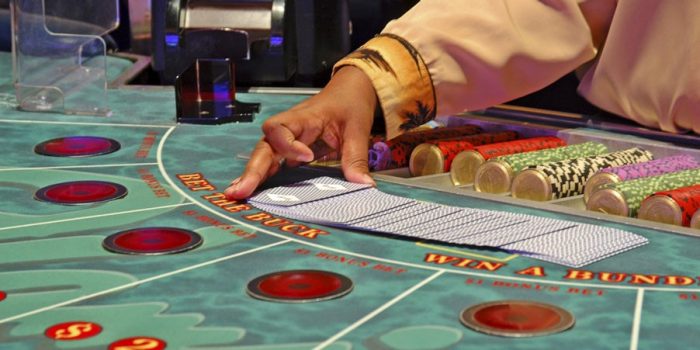
Mastering Baccarat: The Ultimate Guide to Conquering the Table
Often seen as the high-roller’s game of choice, Baccarat’s simplicity and sophistication have made it a favorite in casinos worldwide. Whether you’re a seasoned gambler or a curious newcomer, understanding the intricacies of Baccarat can significantly enhance your gaming experience. This guide aims to equip you with everything you need to navigate the Baccarat table with confidence and finesse.
The Essence of Baccarat
Originating from Italy and popularized in France, Baccarat is a comparing card game played between two hands, the ‘player’ and the ‘banker’. Each round of play (also known as a coup) has three potential outcomes: ‘player’ (player has the higher score), ‘banker’, or ‘tie’.
Unlike many casino games, Baccarat requires minimal decision-making from the players. The game follows strict rules that determine whether a third card is drawn, leaving players to focus solely on their bets.
While often associated with James Bond and opulent casino rooms, Baccarat’s straightforward rules make it accessible and enjoyable for players of all levels.
Understanding Baccarat’s Card Values
Cards two through nine are face value, meaning a two of any suit counts as two, a three counts as three, and so on. Tens, jacks, queens, and kings count as zero, while aces count as one. If the cards’ total is a two-digit number, the left digit is dropped. For instance, a nine and a seven (which totals 16) would count as six.
Given the nature of these rules, the highest possible value in Baccarat is nine.
Rules for Drawing a Third Card
If either the player or the banker has a total of eight or nine on the first two cards, it’s called a ‘natural’, and no further cards are drawn. If the player’s total is five or less, they receive another card. If the player stands, then the banker hits on a total of five or less. The final betting option, a tie, pays out 8-to-1. But this high payout reflects the rarity of the outcome.
While the rules might seem a bit complicated at first, with a bit of observation and practice, they become second nature. Many casinos provide scorecards to track wins, helping players recognize patterns and make informed bets.
The strict rules for drawing make Baccarat a game of chance. Strategies revolve around betting and bankroll management rather than gameplay choices.

Strategies to Enhance Your Play
While Baccarat is largely a game of luck, understanding the odds can help in making smart betting decisions. Betting on the banker has the lowest house edge, making it the statistically safest bet in the long run, albeit with a lower payout than betting on the player.
Another strategy involves observing streaks and betting accordingly. If the banker is on a winning streak, continue betting on it until it loses. However, always remember that Baccarat is unpredictable, and no strategy guarantees a win.
Most importantly, set a bankroll limit and stick to it. Knowing when to walk away ensures you enjoy the game and manage your funds wisely.
Conclusion: The Allure of Baccarat
Graceful, strategic, and thrilling, Baccarat has captivated players for centuries. Its blend of simplicity and depth offers an experience both refreshing and engaging. Whether you’re playing in a lavish casino or an online platform, the game promises suspense and excitement at every turn.
With the insights from this guide, you’re now equipped to approach the Baccarat table with knowledge and confidence. So, place your bets, and may fortune favor you!
